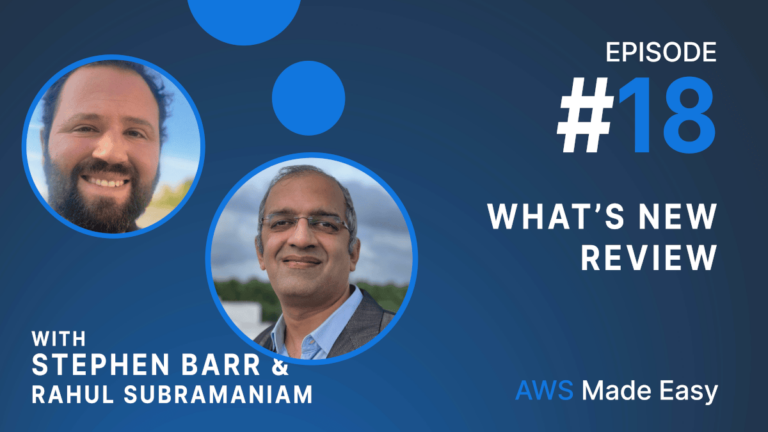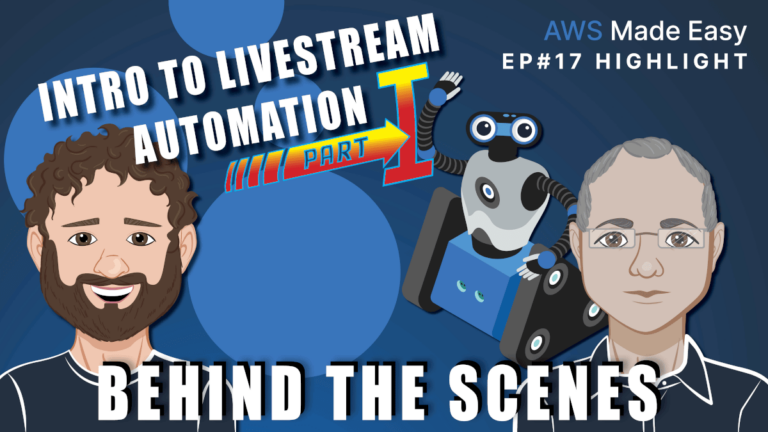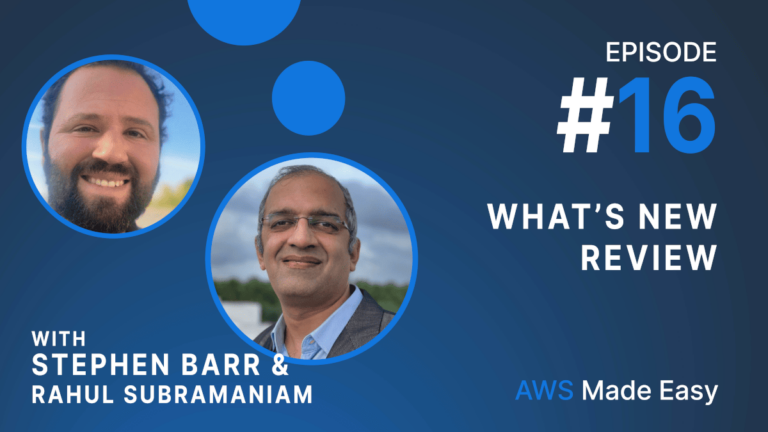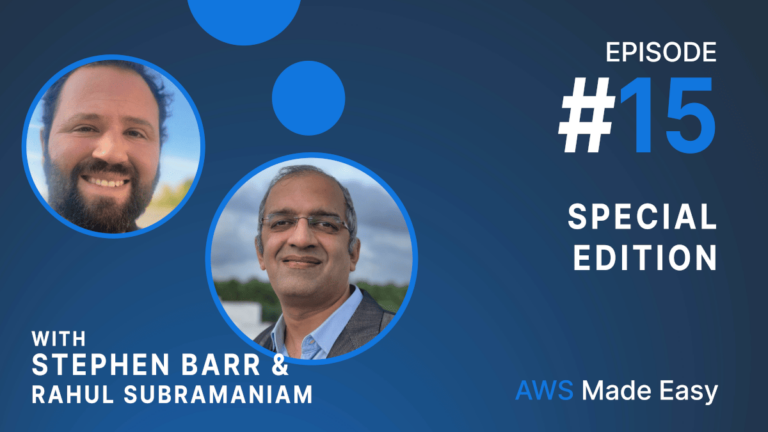Amazon ElastiCache now supports AWS Graviton2-based T4g, M6g, R6g
In this segment, we discuss how ElastiCache instances now support the AWS Graviton2 processor. We expect that this follows a trend of managed services, in that there will be a Graviton-based offering which will be the most best choice in most cases. We are happy about trend, and hope to see it continue.
Rating:

Verdict:

AWS Lambda announces tiered pricing
In this segment, we discuss the new Lambda tiered pricing. Although this is a net cost savings for all Lambda users, this makes cost modeling much more complicated. Additionally, there are different tiers based on architecture, which seems unnecessarily complex. We would have appreciated some hard numbers, e.g. how many customers this affects.
Rating:

Verdict:

Amazon QuickSight launches API-based domain allow listing for developers to scale embedded analytics across different applications
We are big users of QuickSight dashboards and with this announcement, it makes it much easier to embed QuickSight dashboards in applications, while making the domain management configurable via API. The article is short, but has a link to a detailed blog post and documentation. Additionally, we appreciate that this new feature is available to ALL regions simultaneously. For this reason, this announcement gets the “Simplifies” tag and 4 clouds / 5.
Rating:

Verdict:

AWS Comprehend lowers annotation limits for training custom entity recognition models
This announcement is a dramatic reduction in amount of data needed to train Custom Entity Recognition models. The previous requirement was 250 documents with 100 labels per entity. This has been reduced to 3 documents containing 25 annotations per entity. This is a drastic reduction in the amount of effort required to use comprehend. As part of the new Let’s Code segment, Rahul and Stephen give a demo of using comprehend. Rahul shows how to use core Comprehend features with Python. See: https://github.com/AWSMadeEasy/LetsCode/tree/ep14 Stephen shows how to train a custom entity rekognition model using just 3 tagged documents.
Rating:

Verdict:





